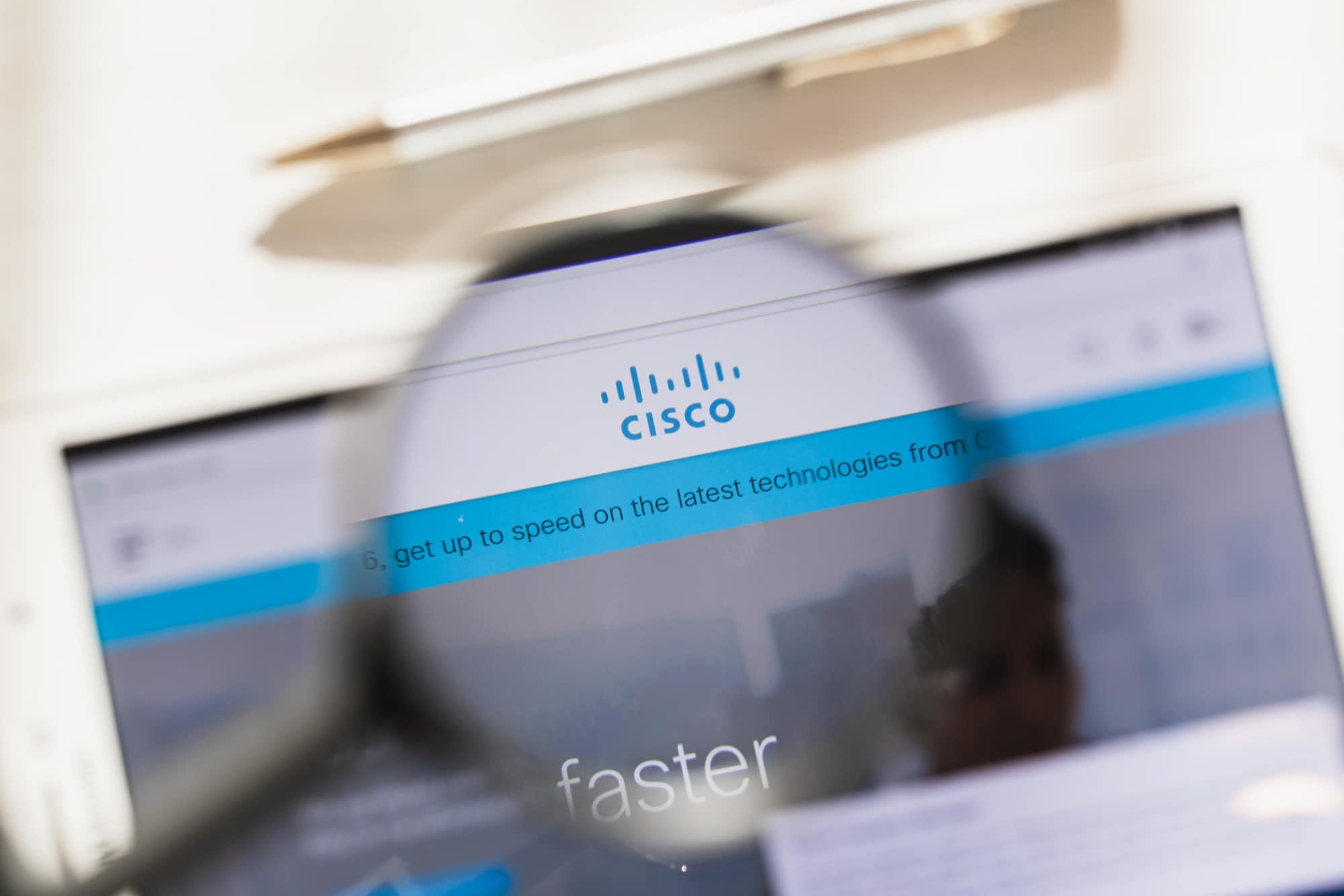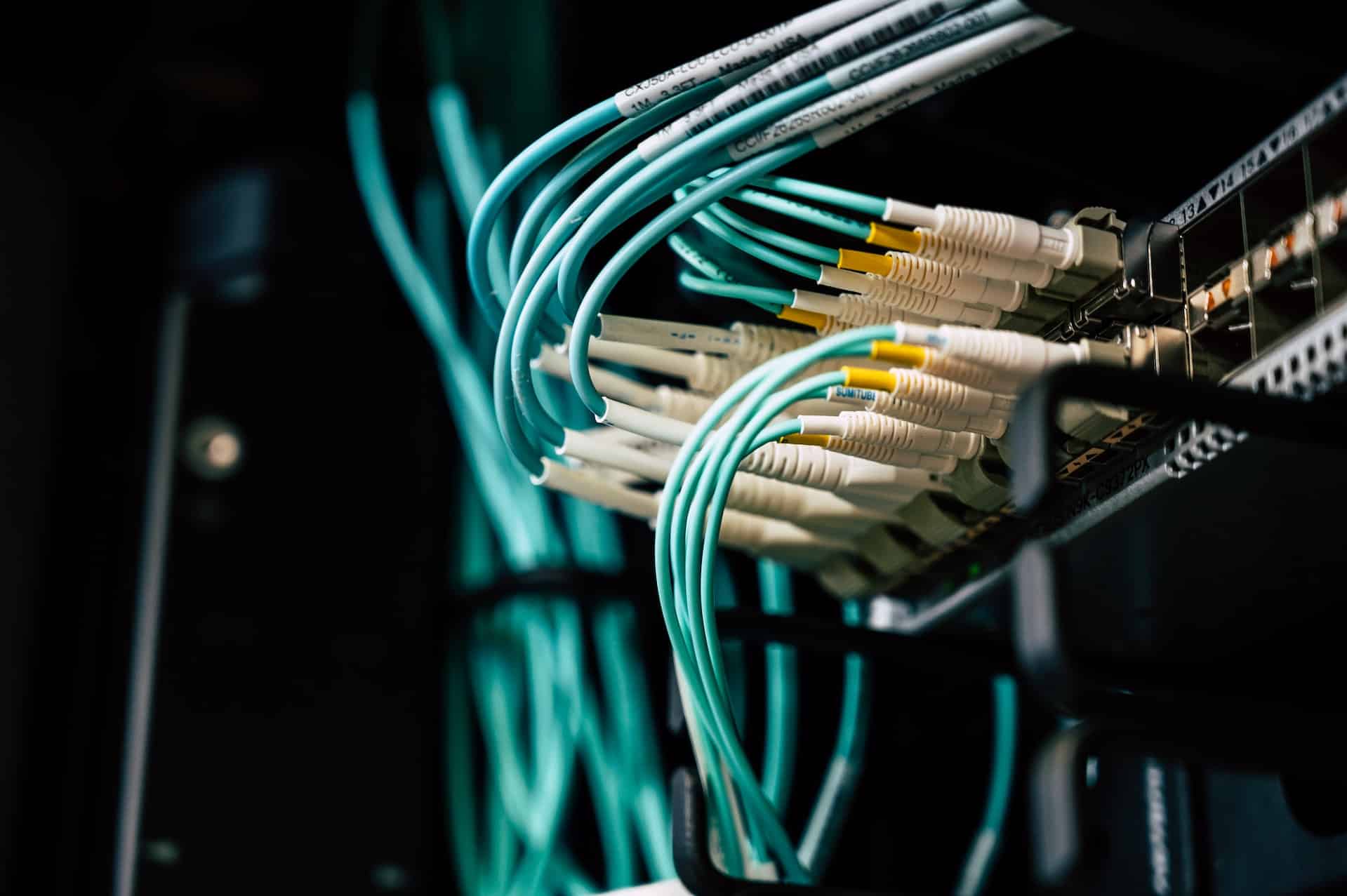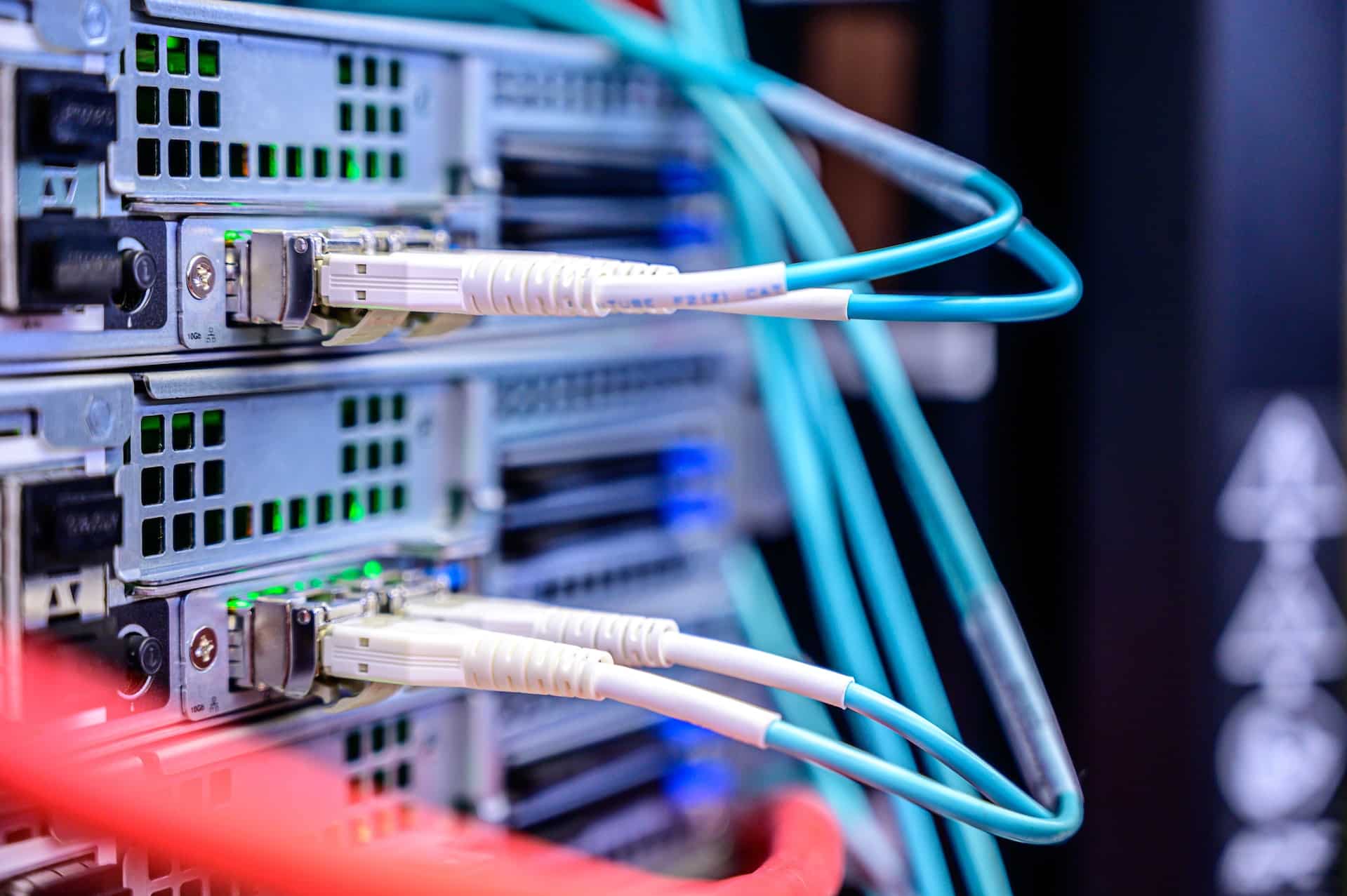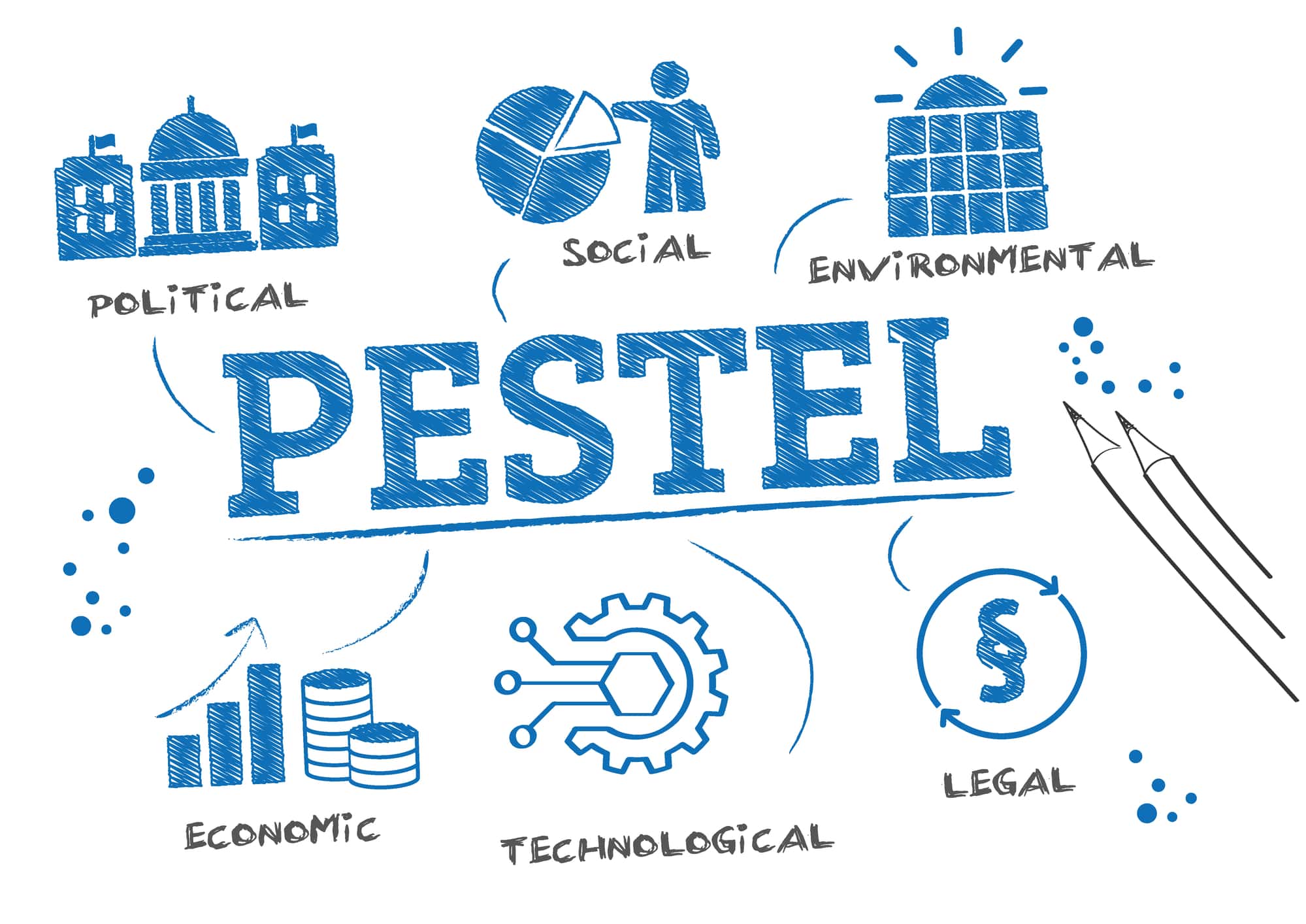If you are a tech freak and like to stay updated with the tech industry, then you must be aware of Cisco. Cisco is a US-based tech company that is famous in the field of networking and communications technology.
Cisco is ranked 82nd on the Fortune 500. Due to this, Cisco is considered one of the biggest tech companies in the world. The tech company designs, sells and manufactures networking products like firewalls, switches, routers, etc.
Cisco has a large customer base. It designs and manufactures products for different businesses. Besides that, Cisco also provides its products and services to governments. You must be thinking, why are we discussing Cisco today?
Well, we are discussing the operations of Cisco in detail because, in today's article, we will be conducting the PESTLE Analysis of Cisco to see what external factors impact the operations of Cisco.
However, before conducting the PESTLE analysis, let's look at the history of Cisco so that we have an idea about how the famous tech company came into existence.

Cisco was founded by Leonard Bosack and Sandy Lerner in California in 1984. Bosac and Learner were both students of computer science at Stanford University.
Together, they developed the concept of LAN to connect multiple computers and devices. As a result of this concept, they came up with a Cisco router. In 1986, Cisco launched its router, its first commercial product. The router became a great success immediately as businesses and institutions started buying it.
In 1990, the tech company went public to raise funds through IPOs. As the internet expansion took place, Cisco became more relevant. It played a crucial role in developing the infrastructure for expanding the Internet.
Over the years, Cisco kept on growing and expanding its operations. In 1996, the tech company acquired a telecom giant named StrataCom. By doing so, Cisco diversified its portfolio and expanded its operations.
This acquisition was among some of the acquisitions Cisco made. These acquisitions in the late 1990s increased the tech company's overall customer base and market share.
In the 2000s, Cisco expanded its operations by expanding its product line. The tech company launched video, video, and data communication solutions for businesses.
In 2011, Cisco returned to old ways by divesting some consumer-oriented companies it had acquired earlier. Cisco started paying more attention to the networking businesses.
Later, Cisco started offering software-defined networking and paid more attention to network programmability than traditional hardware products.
Cisco has spread its operations across the globe. It is currently present in 87 countries. The products of Cisco are manufactured in more than 30 countries and supplied to more than 170 countries.
Cisco has a large workforce due to the nature of its operations. The tech company provides employment to 79,500 employees. In 2023, Cisco generated revenue of $57 billion.
Now that we have discussed the history and current operations of Cisco let's proceed further and conduct the PESTLE analysis of Cisco. However, before proceeding further, it is essential to discuss what PESTLE analysis is
PEST analysis is a tool businesses use to analyze how different external factors impact the operations of a business. In today's PESTLE analysis, we will take a look at how different political, social, environmental, legal, technological, and economic factors affect Cisco.
Since we now know what PESTLE analysis is, let's proceed further and look at how various political factors impact the operations of Cisco.
Political Factors That Affect Cisco
Political factors are the factors that are related to the international and domestic political environment. This section of the PESTLE analysis will look at the government policies and other political factors that impact Cisco.
Trade policies set by the government impact the operations of Cisco significantly. Cisco supplies its products to almost 170 countries. If the US government restricts Cisco from exporting its products, then the operations of Cisco will be affected negatively.
Similarly, government support also impacts Cisco significantly. Cisco has established manufacturing plants in more than 30 countries. Suppose governments support Cisco manufacturing its products by providing cheap electricity and other utilities. In that case, Cisco can increase its production, which will benefit Cisco.
Other than that, the government's tax rates for businesses significantly impact Cisco. If the government imposes high tax rates on Cisco, then the tech company will struggle to make huge profits.
However, if the tax rates are low, then Cisco will make more profits, which benefits the company. Furthermore, political stability also impacts Cisco. If a country where Cisco operates is politically stable, then Cisco will observe more sales in that country.
On the contrary, if a country is politically unstable, there will be riots and uncertainty, due to which the sales of Cisco will fall, and the company will experience losses.

Economic Factors That Affect Cisco
Economic factors are the factors that are linked to the domestic and global economic environment. The economic environment impacts the operations of companies. In this section, we will examine how different economic factors impact Cisco.
Cisco needs to import machines and materials to manufacture products. Hence, fluctuations in the exchange rates impact Cisco significantly. Suppose the cost of imports increases due to the fluctuations in exchange rates. In that case, Cisco's production cost will increase, and its profits will fall.
Moreover, the global economic environment also has an impact on Cisco. If the world is experiencing an economic boom, the sales of Cisco will increase. On the contrary, if the world is going through a recession, the sales of Cisco will fall.
Besides that, high Inflation also has a negative impact on Cisco. In case of high Inflation, the production cost of Cisco will increase. As a result, its profits will fall. Moreover, due to high Inflation, the purchasing power of people will fall, due to which the sales of Cisco will fall.
Interest rates in an economy also affect the operations of Cisco. If the Fed increases the interest rate in the US, the borrowing cost of Cisco will increase. As a result, it will be difficult for Cisco to borrow money from banks for expansion.
Social Factors That Affect Cisco
Societal and cultural factors gather together to form social factors that impact Cisco. In this section, we will discuss what social factors impact Cisco.
Cisco is a tech company that sells communication and networking technology. Its sales depend on the willingness of individuals and businesses to adopt new technologies.
If individuals in society are not interested in introducing technologically advanced products in their organizations then the demand for the products of Cisco will be low in such societies.
Moreover, the demographics of a society also impact Cisco. In a society where most of the population is elderly, fewer people will be keen to apply the technologically advanced products of Cisco.
Besides that, cultural differences also impact the sales of Cisco. In some cultures, the use of machinery is not appreciated. Moreover, some societies don't adopt technology because they must accommodate the labor force so that employment remains high in the economy.
In such societies, the sales of Cisco will be low compared to societies in which technological innovation is encouraged.
Other than that, social media usage and the Internet also impact the sale of Cisco products. In countries where people have Internet and social media access, they know how technology helps businesses increase their productivity.
Hence, people would prefer to buy the tech company's products if they have access to social media and the Internet.

Technological Factors That Affect Cisco
Technological factors account for technological innovation in a society, which impacts the operations of a business. In this section, we will look at how different technological factors impact the operations of Cisco.
Cisco focuses on manufacturing networking products, which is why internet penetration impacts the operations of Cisco significantly. In countries where there is a high penetration of the Internet, the products of Cisco are sold more.
On the contrary, In countries where access to the Internet is limited, the demand for the products of Cisco is low. Besides that, Cisco is highly dependent on innovation and R&D.
Hence, if the rate of innovation and advancement in the tech industry slows down, the operations of Cisco will be impacted adversely. Moreover, the emergence of Artificial Intelligence has allowed Cisco to make more advanced products using AI technology.
Furthermore, data analytics have emerged recently, and many businesses are using data analytics to make business decisions. Cisco can also use business analytics to analyze its customer base, according to which the tech company can adopt effective advertisement campaigns.
Business analytics will also help Cisco make informed decisions, which will help the business overall.
Legal Factors That Affect Cisco
Legal factors in a PESTLE analysis highlight the factors associated with the legal framework of a country where business operates. In this section of the PESTLE analysis, we will examine the impact of legal factors on Cisco.
Labor laws impact Cisco significantly. The tech company has to ensure that all its employees are treated equally. Moreover, Cisco should have zero tolerance against racism, or the company might have to pay heavy fines.
Besides that, being a tech company, Cisco has to pay great attention to its consumers' data. Cisco has to ensure that the data of its customers is protected. Otherwise, the company will have to pay penalties in case of data breaches.
Moreover, Cisco also has to abide by intellectual property rights. The tech company has to ensure that it doesn't copy the concept or design of any other company, or else Cisco will have to face lawsuits.
Furthermore, since Cisco operates in a highly competitive industry, the brand has to ensure that it promotes fair competition. If the company indulges in anti-competitive practices, Cisco will face severe consequences in lawsuits and bans.
Besides that, Cisco must ensure that it upholds the contracts made with suppliers and customers. If the tech company violates its contract, it will be sued. As a result, Cisco will lose a lot of money, and its reputation will be damaged.

Environmental Factors That Affect Cisco
Environmental factors in the PESTLE analysis take account of the factors that are related to the environment. In this section, we will look at how environmental factors will impact Cisco.
Cisco makes products that often work with electricity. As a result, Cisco's products increase the electricity demand. Since much of the electricity is produced by burning fossil fuels, Cisco's products indirectly encourage carbon emissions.
Carbon emissions cause global warming and climate change, due to which natural calamities occur. As a result of the natural calamities, the internet supply gets disrupted, and the online sales of Cisco fall.
Moreover, traffic is jammed on roads due to natural calamities, disrupting the supply of Cisco's products in the market. Natural calamities can also damage the infrastructure of Cisco. Hence, natural calamities have adverse impacts on the operations of Cisco.
Over the years, the water table has dropped in many parts of the world. Cisco requires an abundant supply of water to manufacture its products. Hence, the water shortage in many parts of the world restricts Cisco from establishing its manufacturing plants in different places.

Cisco PESTLE Analysis: Final Word
Cisco is a US-based tech company established in 1984 by two students of Stanford University. Cisco primarily focused on the field of networking and communication technology.
The company launched its first router in 1986. From there onwards, Cisco kept on growing. It diversified its product range and expanded its operations by acquiring smaller companies.
Currently, Cisco is one of the biggest tech companies in the world. It holds the 82nd position on the Fortune 500. Moreover, the company generates billions of dollars each year and employs thousands of people across the globe.
In this article, we conducted the PESTLE analysis of Cisco. The PESTLE analysis framework helped us understand how different external factors impact the operations of Cisco.
If you enjoyed reading this article and want to know more about PESTLE analysis, look at some examples of PESTLE analysis.










